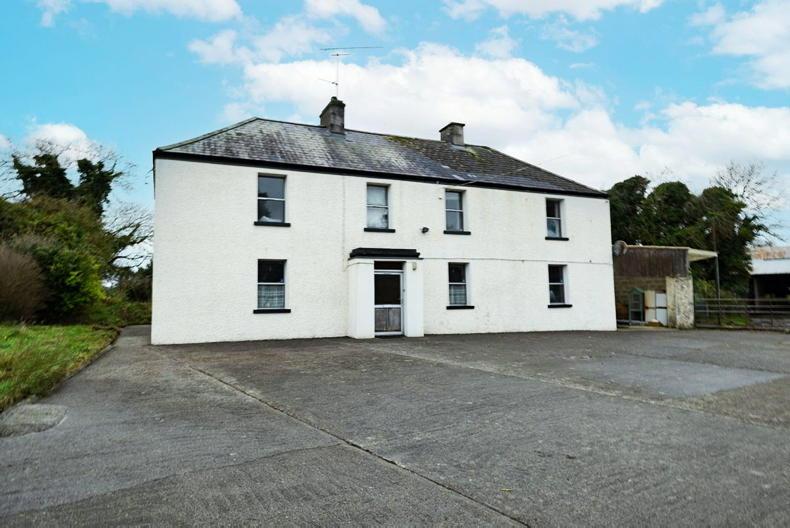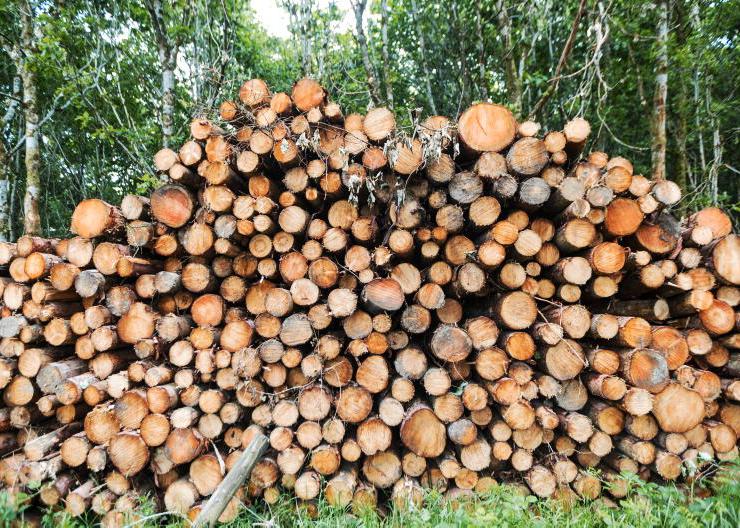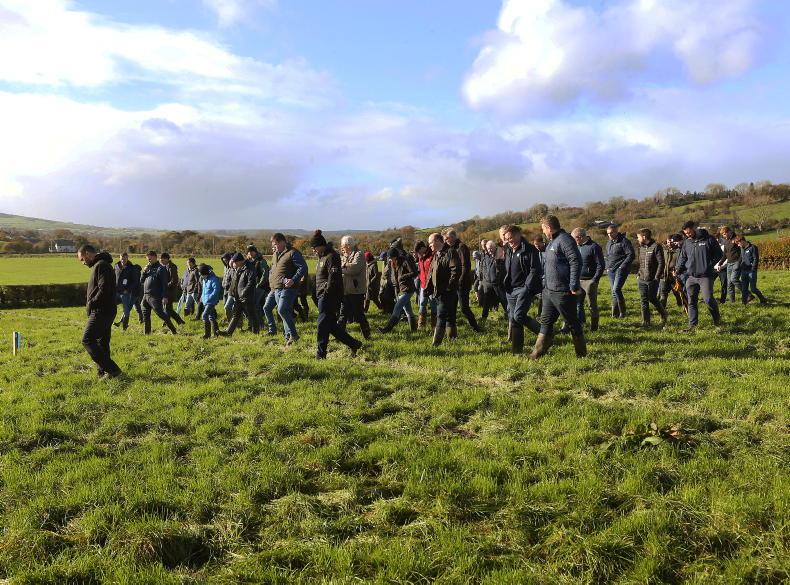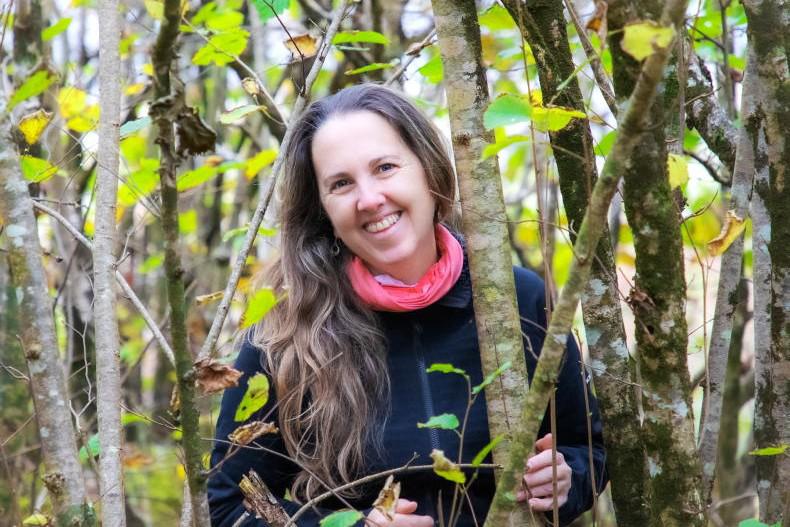Forestry now covers 11.6% of the country and privately owned woodlands now cover a larger area than those owned by the State, new figures gathered by the Department of Agriculture show.
The new national forest inventory puts forestry cover at 808,848ha, with conifers making up around 70% of this area.
Sitka spruce is the dominant species in conifers, while the 30% of forestry in broadleaves sees birch, willow and ash coming out as the most common species.
Mayo, Limerick and Donegal all have forestry over 80% conifers across their woodlands.
Stored carbon
Forestry now accounts for approximately 320m tonnes of stored carbon, 78% of which is stored in woodland soils.
Bog and heath make up over a million hectares - almost 15% of the landscape - while hedgerows represent another 267,000ha.
Minister of State at the Department of Agriculture Pippa Hackett said that the results point towards variety progress on forestry.
Non-commercially afforested lands contribute one third of new forestry captured in the results, with much of this area being tree growth on former industrial peatlands.
“Overall, we are seeing that the national forest estate is still expanding and has now reached 11.6% of the total land area, with a wide variety of forest types present,” Minister Hackett said
“The increase in area is a result of afforestation and the natural development of semi-natural forests on areas such as those previously used for industrial peat extraction.”
The minister commented that the proportion of broadleaves had increased almost 6% on the results of the first such inventory survey conducted in 2006.
Expansion plans
Minister Hackett stated that the State’s new forestry programme has been designed to ensure that farmers are those who benefit most.
“Our new €1.3bn forestry programme shows our commitment to growing the forest estate, with a target of 18% cover by 2050,” the minister said.
“This is the biggest and largest funded forestry programme ever introduced by an Irish government and it has been designed emphasise close to nature forestry and to ensure farmers will be its primary beneficiaries.”
Farmers will receive premiums for 20 years in the new forestry programme and the premiums themselves will be up to 66% higher than the previous programme.









SHARING OPTIONS